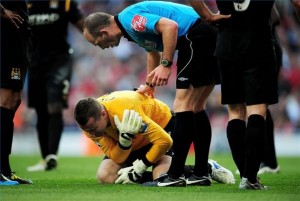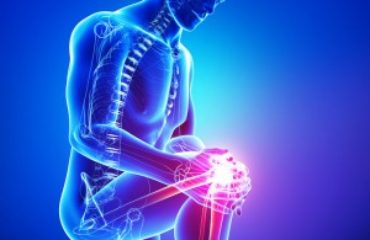Therapy for sports injuries
 You can also apply ice packs to your shoulder regularly. This can be done in order to reduce the inflammation in the region. If you take anti-inflammatory drugs you can relieve the pain and the inflammation. In some cases the pain is very severe and over-the-counter medications are not sufficient. If this is the case there are prescription strength anti-inflammatory medications available. You can reduce the excessive stress placed on your shoulder structure by changing your body position or you’re throwing position. Physical therapy is another great nonsurgical treatment options I can help to strengthen the muscles which support your joint and improve your range of motion. If you meet with the orthopedic doctor Phoenix regarding your throwing injury they might suggest specific physical therapy exercises for your particular condition. If they recommend specific treatments it is important that you follow them precisely. Stem cell therapy is a form of therapy for joint injuries which requires an injection of healthy stem cells into the area which is damaged. The purpose of this is to replace damaged stem cells with healthy stem cells. Surgery is another option.
You can also apply ice packs to your shoulder regularly. This can be done in order to reduce the inflammation in the region. If you take anti-inflammatory drugs you can relieve the pain and the inflammation. In some cases the pain is very severe and over-the-counter medications are not sufficient. If this is the case there are prescription strength anti-inflammatory medications available. You can reduce the excessive stress placed on your shoulder structure by changing your body position or you’re throwing position. Physical therapy is another great nonsurgical treatment options I can help to strengthen the muscles which support your joint and improve your range of motion. If you meet with the orthopedic doctor Phoenix regarding your throwing injury they might suggest specific physical therapy exercises for your particular condition. If they recommend specific treatments it is important that you follow them precisely. Stem cell therapy is a form of therapy for joint injuries which requires an injection of healthy stem cells into the area which is damaged. The purpose of this is to replace damaged stem cells with healthy stem cells. Surgery is another option.
What takes place after the surgery?
 Once the surgery is over you will be discharged. It is important that you have a friend or family member take you home after the surgery and stay with you the first night. It is also important that you wear a brace for the first few weeks after the process, depending on the severity of your condition. Your Phoenix orthopedic surgeon may also recommend some form of physical therapy either conducted on your own or with the assistance of a professional physical therapist. After surgery it is crucial that you get involved in physical therapy area physical therapy will help you to recover from the surgery. You can use strength training as well as range of motion exercises for a few weeks after the surgery to improve your function.
Once the surgery is over you will be discharged. It is important that you have a friend or family member take you home after the surgery and stay with you the first night. It is also important that you wear a brace for the first few weeks after the process, depending on the severity of your condition. Your Phoenix orthopedic surgeon may also recommend some form of physical therapy either conducted on your own or with the assistance of a professional physical therapist. After surgery it is crucial that you get involved in physical therapy area physical therapy will help you to recover from the surgery. You can use strength training as well as range of motion exercises for a few weeks after the surgery to improve your function.
After the first week you should be able to dress yourself and feed yourself. In many cases you will be given a brace by the orthopedic surgeon in Phoenix AZ which needs to be worn for the first few weeks. After about one week you might be able to return to work and normal activities. Your orthopedic doctor in Phoenix will meet with you to create a unique recovery program which includes physical therapy. It is imperative that you adhere to your physical therapy requirements in order to rehabilitate your body. In severe cases you might have to work with a professional physical therapist.
Once you have been discharged you will be monitored and given pain medication. Someone else has to drive you home and remain with you the first night after the surgery. Because this is a severe type of surgery the recovery can take many weeks.
Potential Complications
There are potential complications although they are limited. As with any surgical procedure the biggest complication risk include severe bleeding or infection. After the procedure you will be given pain medication in order to prevent the pain and help you recover faster as well as antibiotics in order to limit the amount of infection you might otherwise incur.



